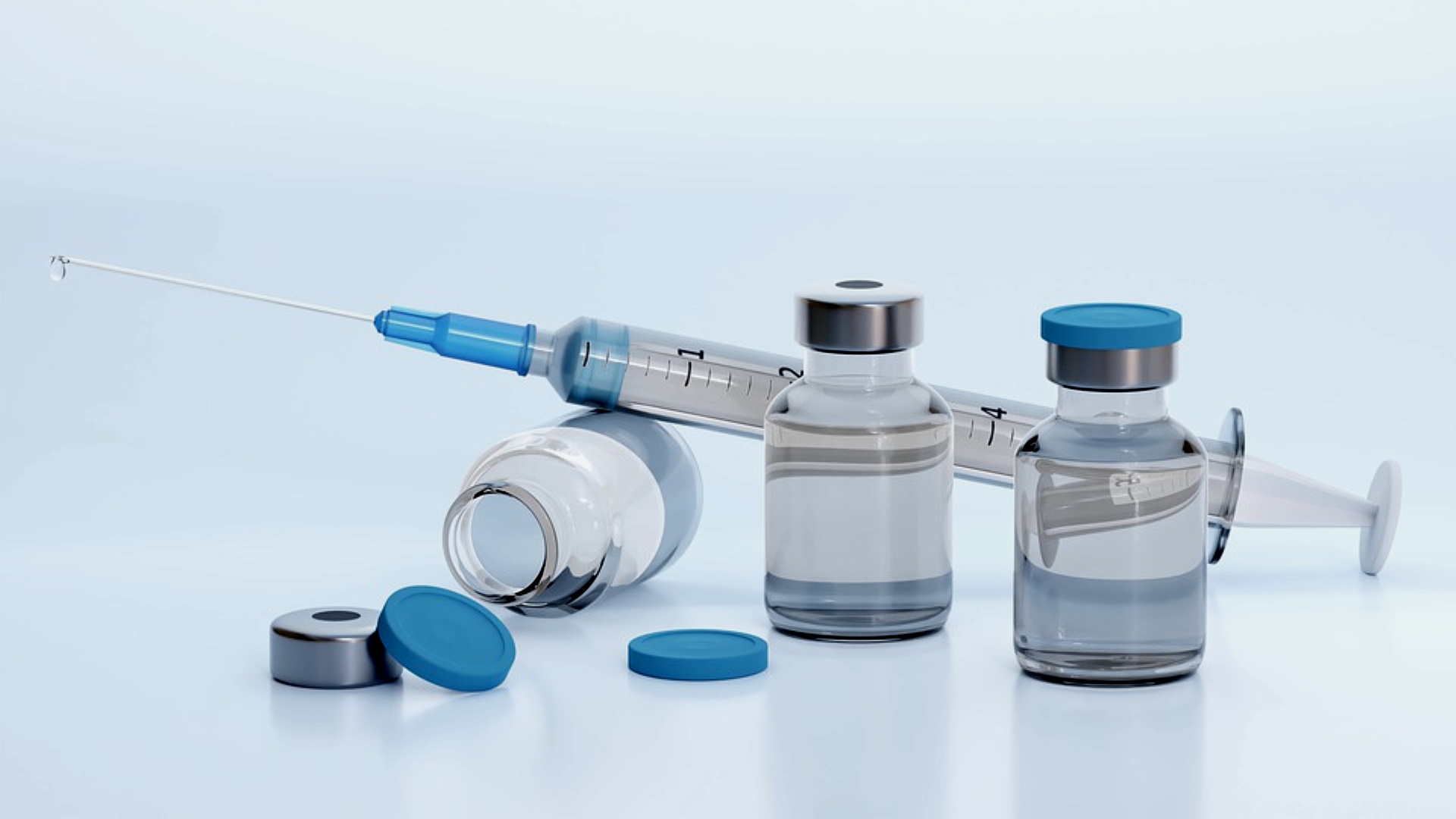
Superparamagnetic Nanoparticle Delivery of Drugs and Vaccines
by Informed Choice Washington (ICWA)
May 22, 2021
We provide these studies without comment at this time on their applicability to current phenomenon being reported following receipt of certain medical interventions.
- Superparamagnetic nanoparticles for effective delivery of malaria DNA vaccine.Al-Deen FN, Ho J, Selomulya C, Ma C, Coppel R.Langmuir. 2011 Apr 5;27(7):3703-12. doi: 10.1021/la104479c. Epub 2011 Mar 1.PMID: 21361304
ABSTRACT: Low efficiency is often observed in the delivery of DNA vaccines. The use of superparamagnetic nanoparticles (SPIONs) to deliver genes via magnetofection could improve transfection efficiency and target the vector to its desired locality. Here, magnetofection was used to enhance the delivery of a malaria DNA vaccine encoding Plasmodium yoelii merozoite surface protein MSP1(19) (VR1020-PyMSP1(19)) that plays a critical role in Plasmodium immunity. The plasmid DNA (pDNA) containing membrane associated 19-kDa carboxyl-terminal fragment of merozoite surface protein 1 (PyMSP1(19)) was conjugated with superparamagnetic nanoparticles coated with polyethyleneimine (PEI) polymer, with different molar ratio of PEI nitrogen to DNA phosphate. We reported the effects of SPIONs-PEI complexation pH values on the properties of the resulting particles, including their ability to condense DNA and the gene expression in vitro. By initially lowering the pH value of SPIONs-PEI complexes to 2.0, the size of the complexes decreased since PEI contained a large number of amino groups that became increasingly protonated under acidic condition, with the electrostatic repulsion inducing less aggregation. Further reaggregation was prevented when the pHs of the complexes were increased to 4.0 and 7.0, respectively, before DNA addition. SPIONs/PEI complexes at pH 4.0 showed better binding capability with PyMSP1(19) gene-containing pDNA than those at neutral pH, despite the negligible differences in the size and surface charge of the complexes. This study indicated that the ability to protect DNA molecules due to the structure of the polymer at acidic pH could help improve the transfection efficiency. The transfection efficiency of magnetic nanoparticle as carrier for malaria DNA vaccine in vitro into eukaryotic cells, as indicated via PyMSP1(19) expression, was significantly enhanced under the application of external magnetic field, while the cytotoxicity was comparable to the benchmark nonviral reagent (Lipofectamine 2000).
Similar articles
- Polyethyleneimine-associated polycaprolactone-Superparamagnetic iron oxide nanoparticles as a gene delivery vector. Kim MC, Lin MM, Sohn Y, Kim JJ, Kang BS, Kim DK.J Biomed Mater Res B Appl Biomater. 2017 Jan;105(1):145-154. doi: 10.1002/jbm.b.33519. Epub 2015 Oct 6.PMID: 26443109
- Magnetofection: a reproducible method for gene delivery to melanoma cells. Prosen L, Prijic S, Music B, Lavrencak J, Cemazar M, Sersa G.Biomed Res Int. 2013;2013:209452. doi: 10.1155/2013/209452. Epub 2013 Jun 3.PMID: 23862136 Free PMC article.
- Recent advances in superparamagnetic iron oxide nanoparticles (SPIONs) for in vitro and in vivo cancer nanotheranostics.Kandasamy G, Maity D.Int J Pharm. 2015 Dec 30;496(2):191-218. doi: 10.1016/j.ijpharm.2015.10.058. Epub 2015 Oct 28.PMID: 26520409 Review.
- Superparamagnetic iron oxide nanoparticles: magnetic nanoplatforms as drug carriers. Wahajuddin, Arora S.Int J Nanomedicine. 2012;7:3445-71. doi: 10.2147/IJN.S30320. Epub 2012 Jul 6.PMID: 22848170 Free PMC article. Review.
- Hybrid polyethylenimine and polyacrylic acid-bound iron oxide as a magnetoplex for gene delivery. Sun SL, Lo YL, Chen HY, Wang LF.Langmuir. 2012 Feb 21;28(7):3542-52. doi: 10.1021/la204529u. Epub 2012 Feb 7.PMID: 22242960
- PAMAM Dendrimer/pDNA Functionalized-Magnetic Iron Oxide Nanoparticles for Gene Delivery. Xiao S, Castro R, Rodrigues J, Shi X, Tomás H.J Biomed Nanotechnol. 2015 Aug;11(8):1370-84. doi: 10.1166/jbn.2015.2101.PMID: 26295139
- Superparamagnetic iron oxide nanoparticles for delivery of therapeutic agents: opportunities and challenges. Laurent S, Saei AA, Behzadi S, Panahifar A, Mahmoudi M.Expert Opin Drug Deliv. 2014 Sep;11(9):1449-70. doi: 10.1517/17425247.2014.924501. Epub 2014 May 29.PMID: 24870351 Review.
- Magnet-Bead Based MicroRNA Delivery System to Modify CD133+ Stem Cells. Müller P, Voronina N, Hausburg F, Lux CA, Wiekhorst F, Steinhoff G, David R.Stem Cells Int. 2016;2016:7152761. doi: 10.1155/2016/7152761. Epub 2016 Oct 4.PMID: 27795713 Free PMC article.
Connect with Informed Choice Washington

Truth Comes to Light highlights writers and video creators who ask the difficult questions while sharing their unique insights and visions.
Everything posted on this site is done in the spirit of conversation. Please do your own research and trust yourself when reading and giving consideration to anything that appears here or anywhere else.










